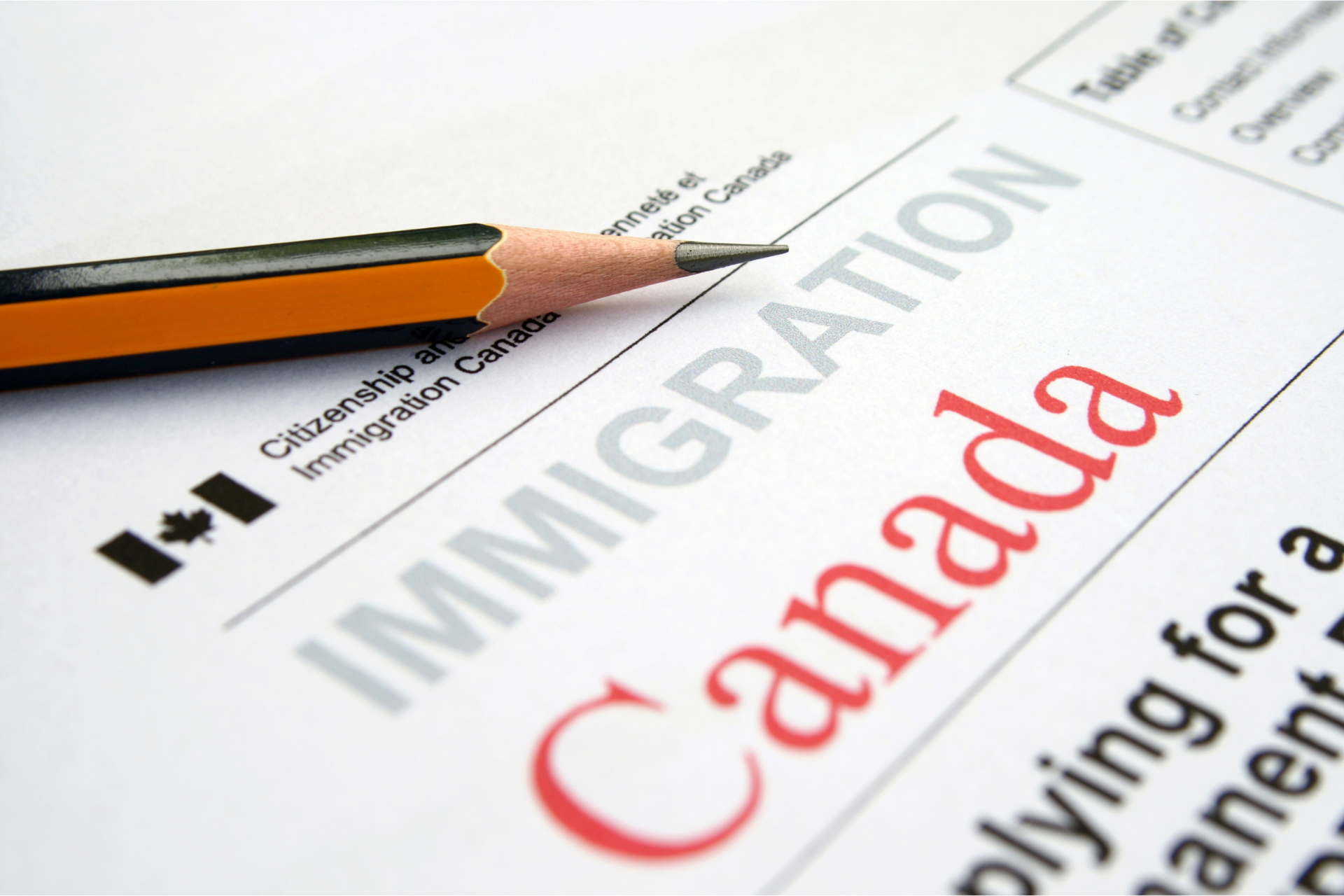
For the 2023-24 year, most arts and science programs at Toronto’s York University and Toronto Metropolitan University charge international students approximately $33-35,000 in tuition and ancillary fees. At the University of Toronto, this figure reaches to an astronomical $60,000 per year. The figures for the same programs in each of these institutions range between $6,000 to $11,000 per year for domestic students.
When it comes to colleges, international students, paying between $8,000 to $20,000 per year, were recently reported to be outpacing government funding of colleges in Ontario.
These are outrageously high amounts. They are all the more outrageous when international students have to navigate a postsecondary system interested in the revenues they generate yet ill-equipped to support them, and a society just waking up to their basic human needs.
Stories of international students’ exploitation in the labour and housing markets are currently all-over Canadian news media. Once hailed by policymakers as immigrants of the future who are ready to take on the world by virtue of their compatibility with the Canadian labour market, they face tougher job prospects and are trailing behind Canadian-born graduates from the same postsecondary programs.
At best, news media and popular discussions cast international students as gullible, desperate for a first world experience and ill-prepared for the housing and employment realities. At worst, they are portrayed as malicious, cheating their way into the study-migration pathway. Most egregiously, they have been blamed for the enduring crises of housing in Canada, and capping their numbers has been floated as a reasonable policy option to alleviate the country’s housing woes, despite evidence that this will not work.
The reality of international students’ lives and their interactions with postsecondary, health, and housing systems are much more complex than these portrayals suggest. So how did a population actively courted to help Canada perform in the global race for skill and considered vital to its post-pandemic recovery come to experience such deplorable conditions, and even face criminalization?
To answer that question, and to find accountability for this situation, we need to look at the history of labour recruitment strategies that encouraged the students to be here in the first place.
International students appeared on the Canadian labour and migration policy radar due to an intense global competition for mobile workers. For close to twenty years, Canada has been rearranging immigration, work permit, and visa policies to brand itself as a destination of choice for international students. In 2002, the federal government published Knowledge Matters, Canada’s first national Innovation Strategy (a project similar in significance to the 1991 report of the Social and Economic Council of Canada that advocated for a target immigration intake of one percent of Canada’s population). Published in two parts—Achieving Excellence: Investing in People, Knowledge and Opportunity, and Knowledge Matters: Skills and Learning for Canadians—the strategy declared “high skill” as a national priority and international graduates as a potential source of labour and a “significant economic benefit” to host institutions and local communities. The governing federal Conservative Party, elected in 2006, embraced the rhetoric of fixing a “broken immigration system” and facilitated the restructuring of immigration policies toward recruiting skilled immigrants with Canadian experience.
This turn toward the job-ready immigrant further intensified the focus on international students. A series of federal and provincial government agreements were signed as part of a larger plan to make Canada an attractive study destination. This was followed by the creation of the federal Skills Research Initiative, led by then Human Resource and Skills Development Canada and Industry Canada. This project was instrumental in shaping the program of Canadian Experience Class (CEC), a two-tier permanent residency program that followed in 2008 and which international students were encouraged to apply for after obtaining work experience in Canada through the postgraduate work permit. Prior to its introduction, international students had to leave the country after graduating and re-apply for permanent residency; a practice which came to be considered both “madness” and a lost opportunity.
Between 2009 and 2013, the percentage of students transitioning from student visas to permanent residency status through CEC was 93 per cent for principal applicants and 121 per cent for spouse/dependent category. Indeed, the program was considered a potential game-changer for solving the problem of matching internationally trained, skilled immigrants with jobs in the Canadian labour market, after receiving (and paying for) a Canadian education.
Nearly a decade of frenzied policy making culminated in the first International Education Strategy (2014-19), which declared the federal government’s goal to increase the number of international students from a quarter million to more than 450,000 by 2022, a number it exceeded very quickly. At the end of 2022, the Canadian Bureau of International Education reported that 807,750 international study permits were issued at all levels, the majority at the postsecondary level.
If media coverage and policy discussions reveal the current, desperate conditions faced by international students, they tell us as much about the political economic conditions these students—and all of us—exist within. International students in Canada are facing a nationalist backlash that is both contemporary and has its roots in the capitalist, colonial racism that founded the country. It is dangerous to ignore this—and invaluable to understand and acknowledge it. As poet and writer M. NourbeSe Philip argues, in Canada, there has been a national commitment—indeed, an injunction—to forget the country’s racist history.
As the exploitation and scapegoating of international students make headlines, we would do well to remember that tensions between a white national imaginary and “alien” labour importation has been a key dynamic in Canadian nation-building since the country as we know it now was founded and even more so following the liberalization of immigration policies in 1962. Liberalization, the proverbial “opening of the gates,” allowed large numbers of skilled immigrants from global south countries into Canada, particularly, from the 1980s onward. Shortly afterward, media discourses of “taxi-driving PhDs and pizza-delivering MDs” led to more academic research and public policy attention onto “the problem” of immigrants’ labour market integration; that is, the incongruence between immigrants’ skills and the jobs they could find in Canada, a result of employers’ and regulatory bodies’ demand for Canadian experience that has been conceptualized as a “gatekeepers’ anxiety” and an instrument of nation building even in the apparently de-territorialized skilled labour market.
Similarly, rigorous scholarship has uncovered how the Non-Immigrant Employment Authorization Program, by its very design, keeps temporary migrant workers outside of the realms of Canadian citizenship. Indeed, this country has a long history of recruiting racialized immigrant labour in its quest for economic prosperity while devaluing and expelling them from rights-bearing membership in Canadian societies. What is happening to international students is no exception to this historic pattern. Currently, they are facing employment exploitation, low wages, poor working conditions, and a severe lack of appropriate housing.
The students, as we know, are not taking their circumstances lying down. They have taken to collective organizing—under conditions of heavy debt and workloads, we must remember— against labour exploitation, threat of deportation and possible inadmissibility, deplorable housing conditions, scapegoating, and criminalization. Their resistance to this situation is admirable.
For those of us whose research documents the entanglements of skilled labour and higher education and who care for labour and migrant justice, we have a responsibility to join this struggle. This cannot be done simply by sharing moral outrage, although outraged we all are. It involves articulating the pattern of recruiting racialized labour only to expel them as national members that is foundational to this nation. We must state, unequivocally, that what is happening is not anomalous to Canada, it is typical. Only then we can envision policy pathways that are robust, ethical, and far-sighted.
Soma Chatterjee is an Associate Professor in the School of Social Work, and Associate member in the graduate program of Interdisciplinary Studies in the Faculty of Liberal Arts & Professional Studies at York University.










